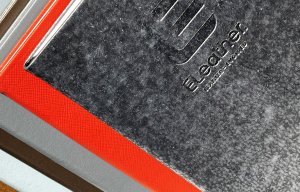
Ancestral Darks from ELeather
Innovation in Textiles talks to Aarav Chavda, CEO of Inversa, the developer of a new luxury exotic leather alternative made from the invasive lionfish.
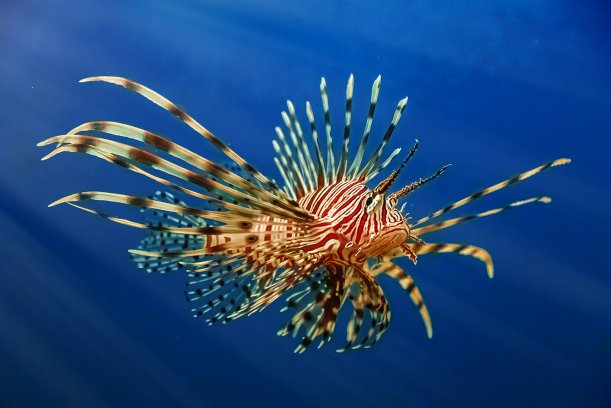
2nd June 2022
Innovation in Textiles
|
Sanibel, FL, USA
Founded in 2020, Sanibel, Florida-headquartered Inversa is the developer of a new luxury exotic leather alternative made from the lionfish which has already secured partnerships with Teton Leather, of Idaho Falls, Idaho, and Italian Footwear brand P448.
With no natural predators, the invasive lionfish species kills up to 79% of young marine life within five weeks of entering a coral reef system. As a result reefs are over grown with algae and left to die.
This is important, explains Inversa CEO Aarav Chavda, because coral reefs generate half of the Earth’s oxygen and absorb nearly one-third of the carbon dioxide generated from burning fossil fuels.
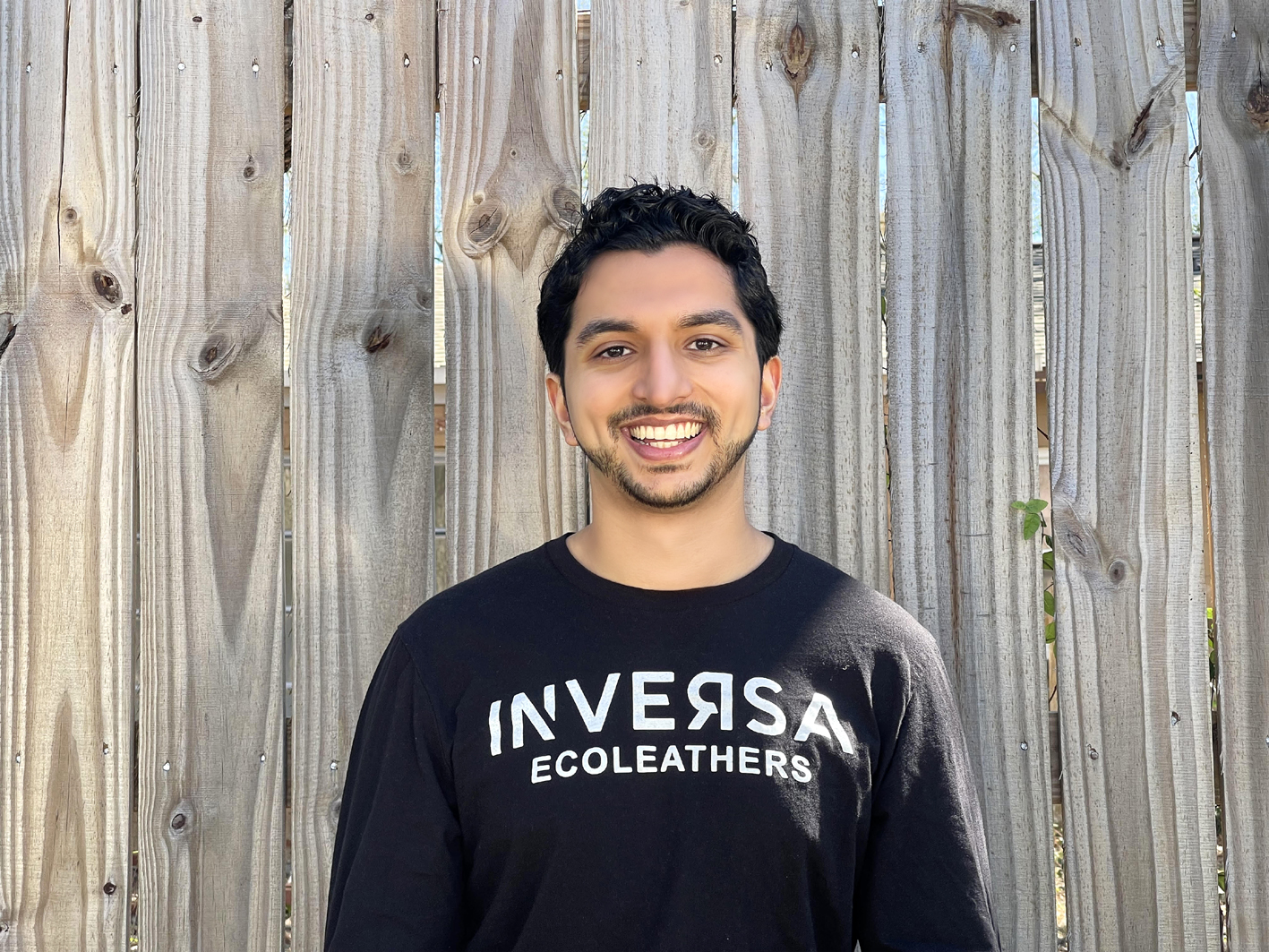
Innovation in Textiles spoke to him for further details of the company’s operation and future plans.
What is the extent of the lionfish problem and is it likely to grow?
The story of the invasive lionfish starts in the late 1980s. It is native to the Pacific Ocean, but human error led to a handful of lionfish slipping undetected into Atlantic waters off the coast of Florida. Forty years later, the invasion sweeps from Boston to Brazil to Barcelona, killing up to 80% of marine life in every coral reef these fish hit.
The problem is that they eat everything in their surrounding ecosystem and prey on more than 70 marine fish and invertebrate species. The net result is the degradation of entire coral reef systems. Left unchecked, the lionfish pose a great threat to the existing biodiversity and the planet’s oxygen supply that comes from the coral reefs.
Inversa is joining the movement to remove these invasive fish and protect our coral reefs – one leather hide at a time. Throughout the history of fashion, consumers have bought at the expense of the planet. Recently, more sustainable options are getting better at minimising this damage, but we are looking beyond the leather we make, to help fashion heal the planet.
How is the lionfish being fished/collected/separated and who does this?
We source from anywhere lionfish is invasive. Today we source from Florida and parts of the Caribbean, where the lionfish is preying on fishing livelihoods as well as the coral reefs. However, all our tanning, dyeing and finishing is done entirely in the USA.
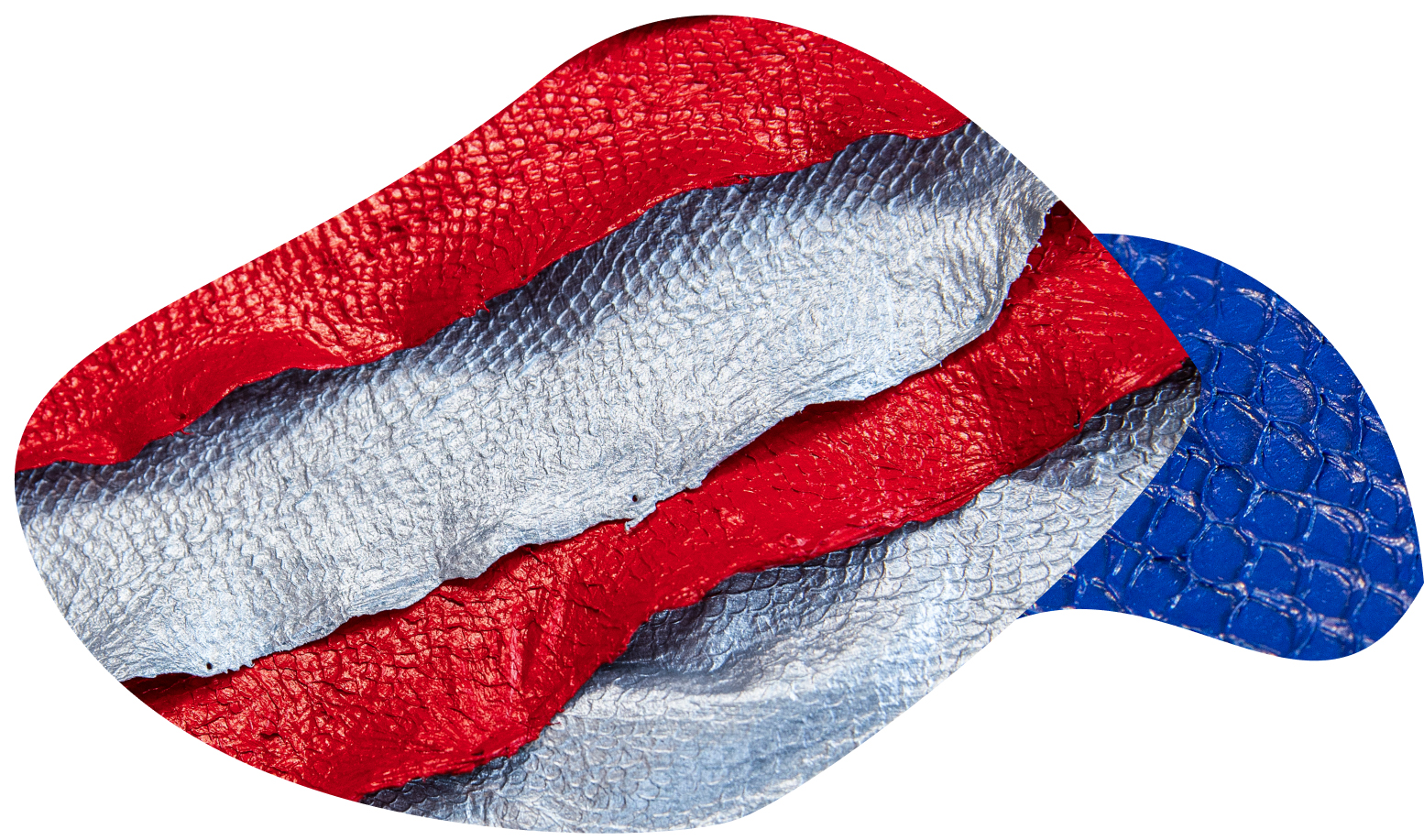
Is the fish itself edible?
Yes. In fact, our sister brand, Salatino Seafood, sells the fillets in effort to utilise the entire fish. The lionfish has an incredibly soft, buttery texture and is quick to absorb any flavour incorporated into it. Gordon Ramsey and many other chefs have celebrated the subtle and delicate flavours of lionfish in television, cookbooks, and, of course, in restaurants.
Is Inversa leather made solely from the discarded fish skins?
It is made from lionfish that are intentionally removed from the environment, rather than as a discarded by-product.
We are very specific about minimising waste and using all parts of the fish. In partnership with other groups and our sister brand, we use almost every part of the fish. As mentioned before, Salatino Seafood delivers the fillets to restaurants. We have even created some partnerships with jewellery manufacturers to turn the spines of the lionfish into artisan pieces.
What are the properties that make it suited to being turned into an artificial leather?
Inversa leather is a genuine leather that is extremely strong, durable, and best of all, environmentally regenerative. We don’t use the term artificial leather to describe our material because it is truly leather. Instead, we categorise our leather as an exotic alternative leather.
Its high texture and durability make it a prime exotic leather alternative. Consumers can experience a beautiful texture and rugged durability, but most importantly, it is environmentally regenerative, and its use in fashion is actively beneficial for the coral reefs and the native biodiversity that depends on them .
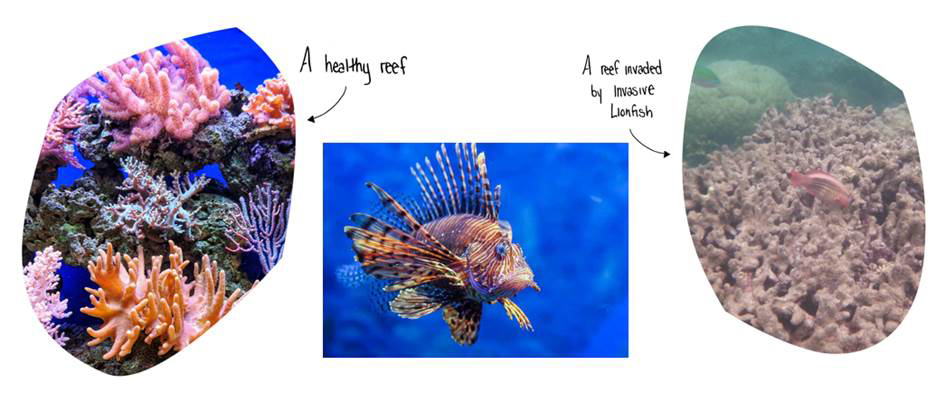
How is it made, what are the process steps involved?
There are three main steps. Firstly, divers and environmentalists remove the lionfish from the ocean. Secondly, the hides are tanned into leather using clean tanning chemicals and processes, and third the leather is then dyed and finished to brand specifications.
How is it coloured?
We dye and finish to the vision our partner brands want to bring to life. We started with a high- gloss style that comes in a wide range of bright colours. Since then, we have also developed our natural style of leather that is also achieved with an alcohol-based dye. We’re really excited about this style because we’ve been able to achieve zero plastic end-to-end.
How durable are the hides?
One of the best parts of our leather is the strength. Third-party testing shows that it ranks among the strongest exotic leathers per millimetre of thickness. Our leather is currently used across multiple product categories in fashion such as wallets, purses, watch straps, and footwear.
How many fish go into a single hide and what is the size of the hides you are providing?
Each hide is made of one lionfish. Each hide ranges from 40 to 75 square inches, and is on average 58 square inches. Each hide being one invasive lionfish makes it possible for our partner brands to know the impact we are making together. With each hide, we are protecting up to 70,000 native reef fish that one single lionfish would have consumed in its lifetime and up to 79% of young reef fish that are killed within five weeks of an invasion.

Business intelligence for the fibre, textiles and apparel industries: technologies, innovations, markets, investments, trade policy, sourcing, strategy...
Find out more